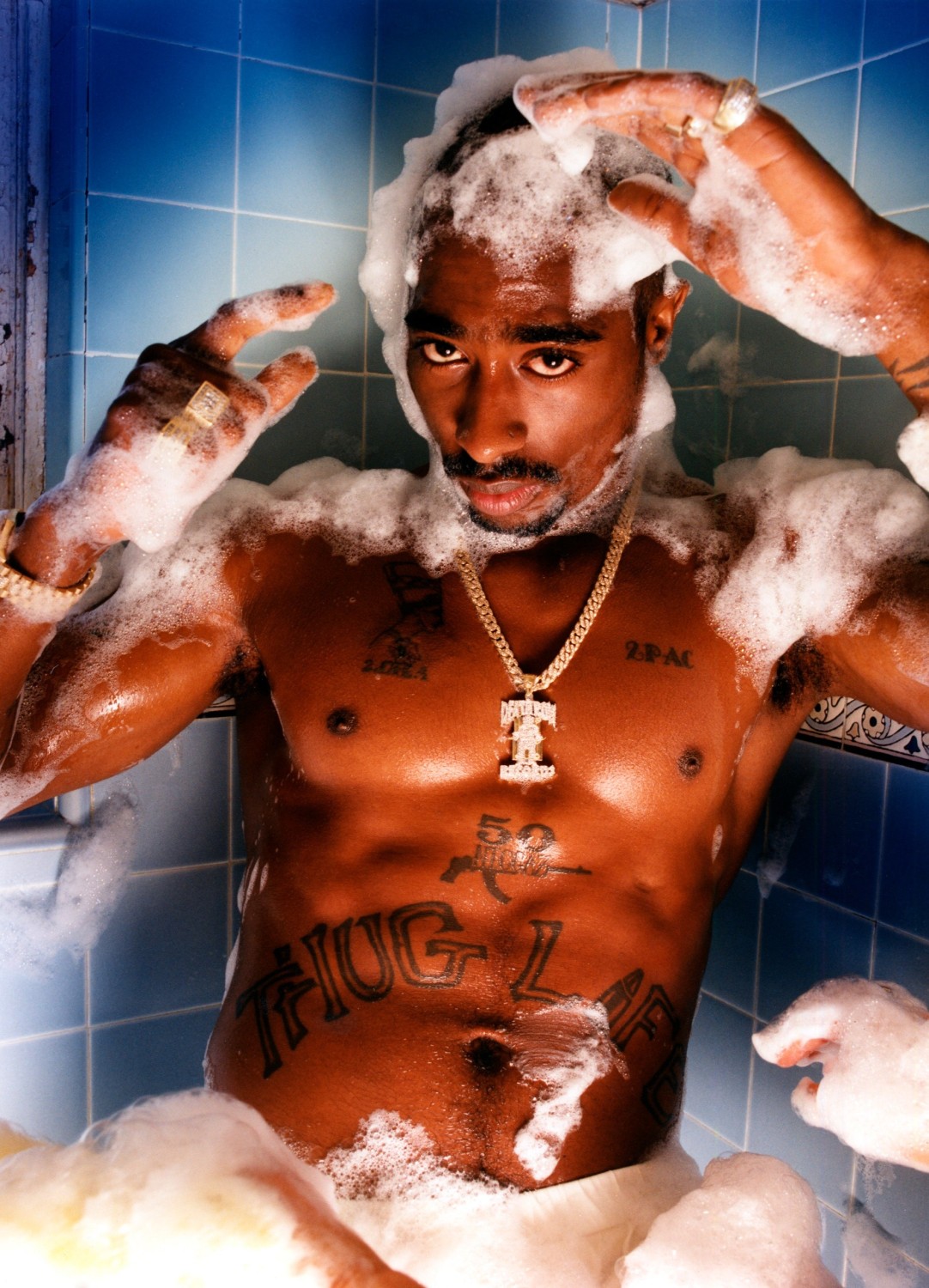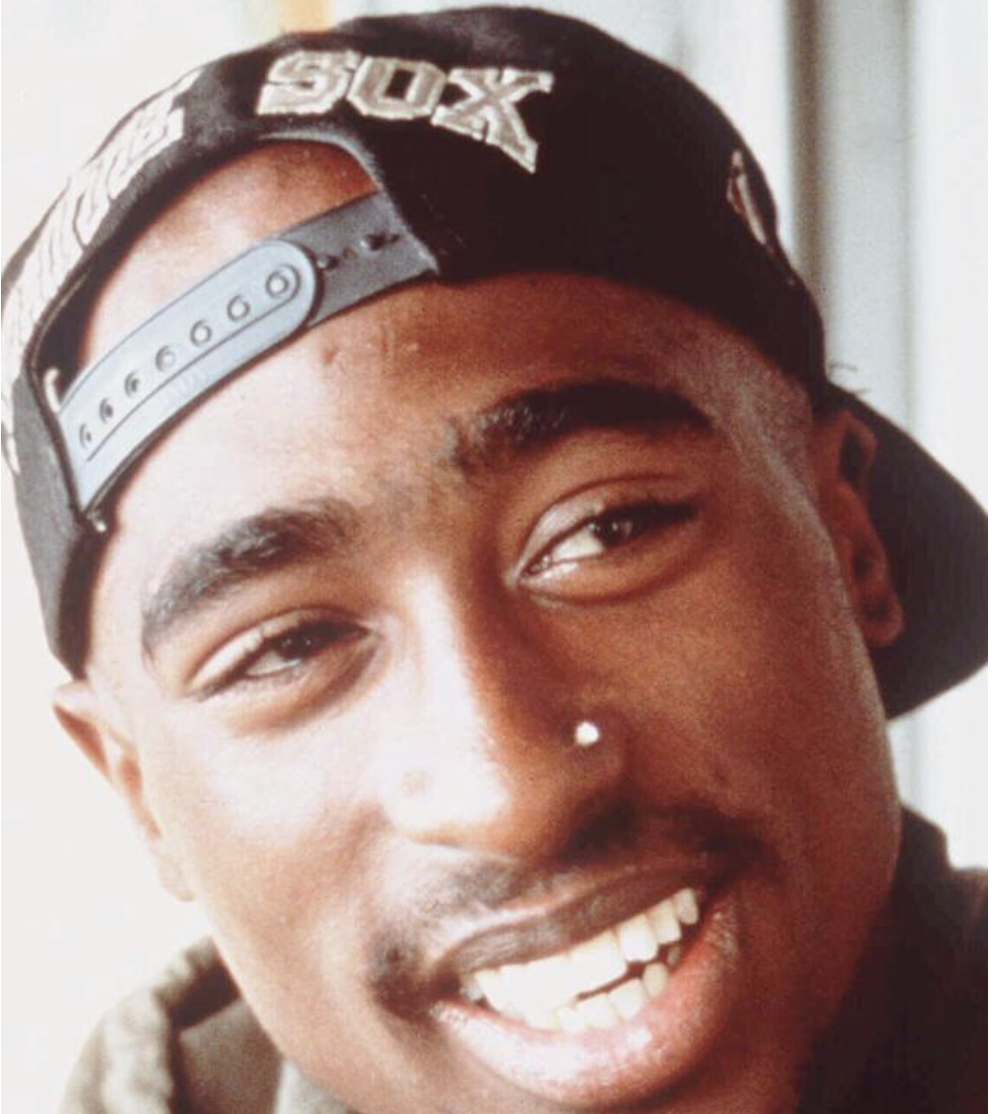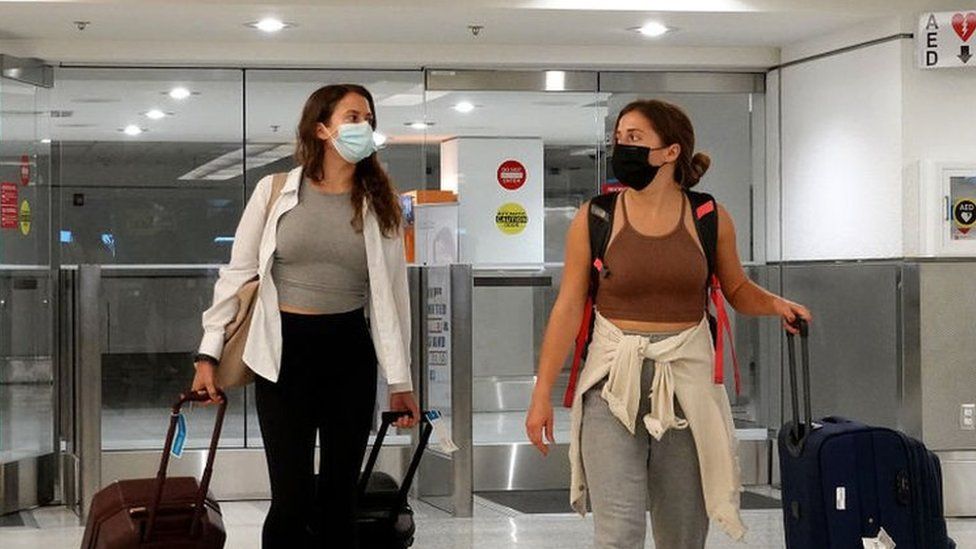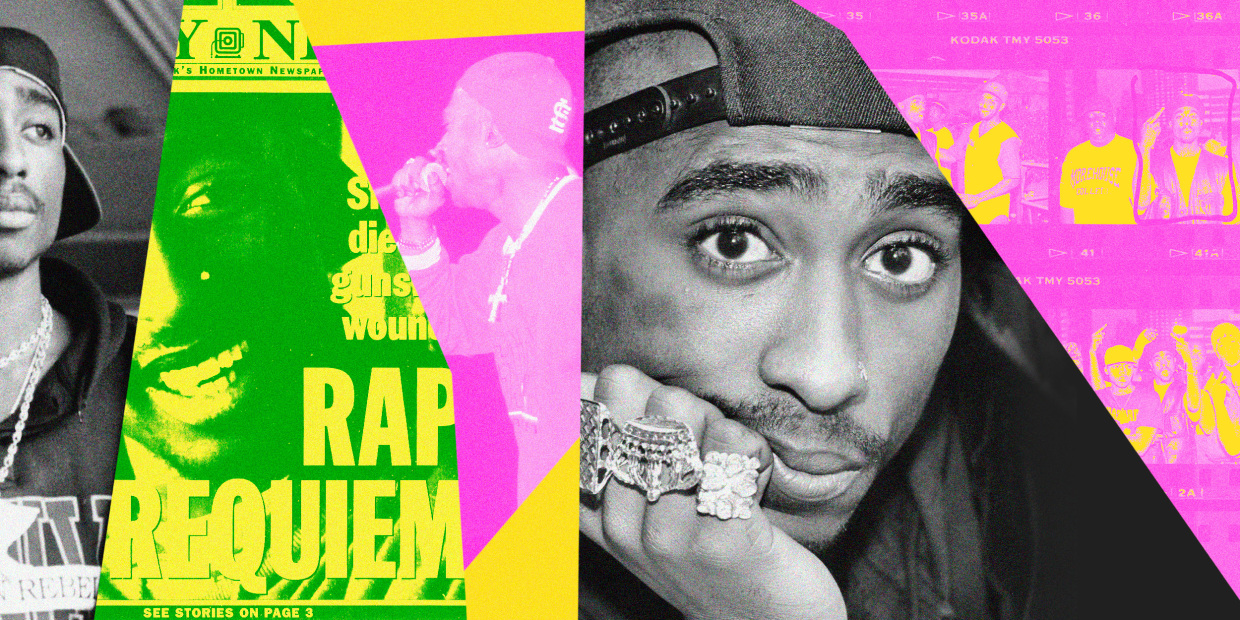
This article is more than
5 year oldUS starts rollout of coronavirus vaccine
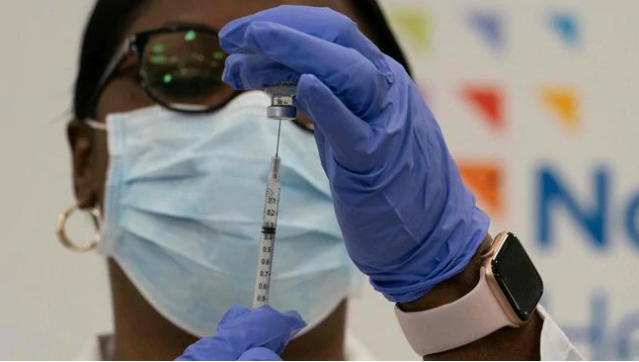
The first doses of Pfizer’s coronavirus vaccine have been distributed to frontline healthcare workers in the United States.
America’s Food and Drug Administration (FDA) issued an emergency use authorisation for the vaccine on Friday. About three million doses have already been shipped from Pfizer’s plant in Portage, Michigan.
One of the first recipients was Sandra Lindsay, a critical care nurse in New York. Her vaccination was broadcast live, with Governor Andrew Cuomo watching on.
“I would like to thank all the frontline workers, all my colleagues who have been doing a yeoman’s job despite this pandemic all over the world,” Ms Lindsay said.
“I feel hopeful today. Relieved. I hope this marks the beginning to the end of a very painful time in our history.
“I want to instil public confidence that the vaccine is safe. We’re in a pandemic, so we all need to do our part to put an end to it.”
Mr Cuomo noted that Ms Lindsay “didn’t flinch” while receiving her shot. She said it “didn’t feel any different to any other vaccine”.
“There’s light at the end of the tunnel, but we still need to wear out masks, to social distance,” she said.
“I believe in science. As a nurse, my practice is guided by science. And so I trust science. What I don’t trust is that, if I contract COVID, I don’t know how it will impact me or those I come into contact with. So I encourage everyone to take the vaccine.”
In addition to frontline workers, the first doses of the vaccine will go to some vulnerable populations, such as nursing home residents.
The US government hopes 20 million doses will be delivered by the end of the month.
“First vaccine administered. Congratulations USA! Congratulations WORLD!” President Donald Trump tweeted this morning.
Last night, Mr Trump shot down plans to vaccine key White House staff immediately, saying they should go after frontline workers.
“People working in the White House should receive the vaccine somewhat later in the program, unless specifically necessary,” he said.
“I have asked for this adjustment to be made. I am not scheduled to take the vaccine, but look forward to doing so at the appropriate time.”
We heard something similar from Pfizer’s CEO, Albert Bourla, who has not taken the vaccine himself yet because he doesn’t want to jump the queue.
“Given that there are very strict allocation rules that the CDC has voted on, we are very sensitive not to cut the queue and get vaccinated,” Mr Bourla told CNN.
RELATED: Trump’s frustration at delay in approving vaccine
BREAKING: Critical care nurse in New York is among first in US to receive a coronavirus vaccine:
— NBC News (@NBCNews) December 14, 2020
"We all need to do our parts to put an end to the pandemic." pic.twitter.com/kGUI8o9h63
First Vaccine Administered. Congratulations USA! Congratulations WORLD!
— Donald J. Trump (@realDonaldTrump) December 14, 2020
Approval is also looming for a second vaccine, developed by Moderna. The FDA is holding a hearing on the matter on Thursday, US time.
Moderna’s trials have shown its vaccine is 94 per cent effective.
As the rollout begins, health authorities and political leaders face a new challenge – convincing enough Americans to actually take the vaccine.
“There has been a confusion between how thorough and scientific and factual the work that has been done is, and the perception that people are thinking that we cut corners,” Dr Moncef Slaoui, chief science adviser to the Trump administration’s Operation Warp Speed initiative, told Fox News yesterday.
“I can guarantee you that no such things have happened. That we follow the science.”
During the election campaign, president-elect Joe Biden voiced concerns that Mr Trump would interfere with the vaccine approval process for political reasons. The President accused him of undermining public trust in the vaccine.
On Friday, Mr Biden told Americans they could trust the FDA’s decision.
“I want to make it clear to the public, we should have confidence in this,” he said.
“There is no political influence. These are first-rate scientists taking their time and looking at all of the elements that need to be looked at. Scientific integrity led us to this point.”
Recent public polling shows more than 80 per cent of Americans do want to receive it, and 40 per cent will get it as soon as they can. Just 15 per cent say they will refuse.
Operation Warp Speed’s initial purpose was to accelerate the development of an effective vaccine. It helped companies like Pfizer invest heavily in research by guaranteeing a pay-off if their work bore fruit.
Now the program will shift its focus to distributing the vaccines as quickly as possible.
RELATED: US faces more deaths each day than on 9/11


That process will take months – vaccinating hundreds of millions of people is no small task.
In the meantime, the virus continues to spread at an unprecedented rate, and deaths are at an all time high.
According to the COVID Tracking Project, the US is currently averaging 211,000 new infections each day and 2400 deaths. More than 109,000 people are hospitalised across the country. The total death toll is about to pass 300,000.
Late last week Dr Robert Redfield, head of the Centres for Disease Control and Prevention, warned the country could face more deaths each day in the coming months than it suffered in the September 11 terror attacks.
“We are in the time frame now that, probably for the next 60-90 days, we’re going to have more deaths per day than we had at 9/11 or we had at Pearl Harbour,” Dr Redfield told an event hosted by the Council on Foreign Relations.
“The reality is the vaccine approval this week’s not going to really impact that, I think, to any degree for the next 60 days,” he added.
The terror attacks on September 11, 2001 killed 2977 people. Japan’s surprise strike on Pearl Harbour in 1941 killed 2403, and prompted America’s entry into World War II.
If the US averages 3000 deaths per day for the next two months, that would mean another 180,000 dead by mid-February. Extend it to three months, and that leads to 270,000 more deaths by mid-March.
